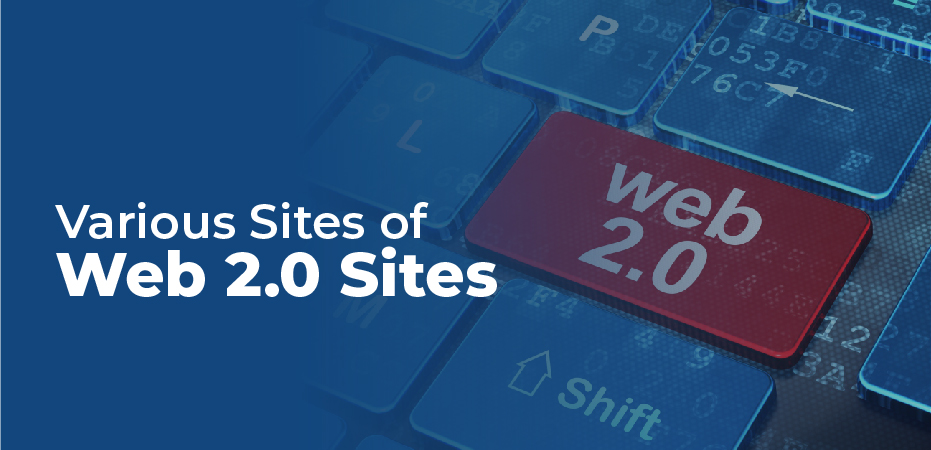Backlinks from Web 2.0 sites were popular in the past but have fallen out of favor since 2011; this is because Google rolled out a huge update called Panda in 2011, which gave web 2.0 profiles a lot less value.
What is a web 2.0 profile? How do web 2.0 sites work? Is it possible to link to web 2.0 sites? We’ll answer all of these questions and more in today’s article, so keep reading. In advance, we would like to point out that the concepts presented here are completely general and are intended for people with no prior knowledge of web 2.0 (they are not intended for SEO experts who may already be using them).
What Is Web 2.0
It is worth considering web 2.0 backlinks as part of your link-building strategy, but you shouldn’t rely only on them. In fact, some of them have become no-follow in recent years.
Most of these links come from bloggers in your industry that would naturally refer you to them. So, for example, you would be OK receiving a link from a food blog like majorfoodie.wordpress.com if you run a food blog on your own domain and start building links.
It’s important to understand that WordPress is a good example of a web 2.0 site. The same is true for bloggers, Tumblr, YouTube, Pinterest, and many other sites.
You can create your own web 2.0 network with blogging platforms (even subdomains). However, sometimes getting links from real, live blogs can make a lot more sense than setting up your own network. Unfortunately, there is no such thing as a free lunch, so you must pay that blogger for the link to an older post or a brand new guest post.

web 2.0
Various Sites of Web 2.0 Sites
The following are examples:
- com
- com
- com
- com
- com
- org
- Wikipedia
- Links from social media sites like Facebook or Twitter (remember they are no-follow)
- Video sharing sites like YouTube, Vimeo, Daily Motion, etc.
- Websites that host podcasts and content
How to Buy Web2 0 Backlinks From Fiverr
Lots of SEOs discredit Fiverr, and for several pretty good reasons. First, many sellers do not deliver what they promise, so they don’t deliver the order in the form you requested.
According to our research, most sellers promise you a number of links on high PA web 2.0 sites, but they likely won’t get you as many links as you expected.
Therefore, you should ask every seller about the blogs they have access to and manually check each PA. You probably don’t need that link if it is lower than 30.
In addition, when it comes to Fiverr web 2.0 links, it is obvious that a huge list might contain only 3 or 4 blogs that are relevant to your niche. So, as a result, instead of 100 links from completely irrelevant blogs, get those 3 or 4.
What To Avoid in Web 2.0 Link
You should always try to do things on the safe side, which is why you shouldn’t build a Wikipedia page for every blog you start or set up social media accounts for them right away.
Be careful not to overextend yourself. You want the process to look as natural as possible. In addition, do not use the same Google account for all of your blogs, especially for tracking your money site’s analytics.
Because of this, Google can easily detect if you are using shady link-building tactics. You should also avoid paying someone else to boost your web 2.0 links, as it may cause more harm than good.
Using Web 2.0 Links To Improve Your Ranking
Web 2.0 links can be used as tier 1 sites (buffer sites) or as tier 2 sites for your network actually to work in your favor. Although many people don’t think so, you can still get link juice from Tier 2 links.
In other words, a tier 1 blog acts as a buffer site between your money-making website and another, such as one from your network of private blogs. I highly recommend this method as it is impossible to determine the quality of a PBN link, especially if it is owned by someone else.
The tier 2 strategy involves building one or two blogs, for instance, and then linking to them in one of your posts – but wait, the link isn’t directly aimed at your website. As a result, you are pointing to another site, one that has a link from you (like a guest post, a PR link, or a local citation).